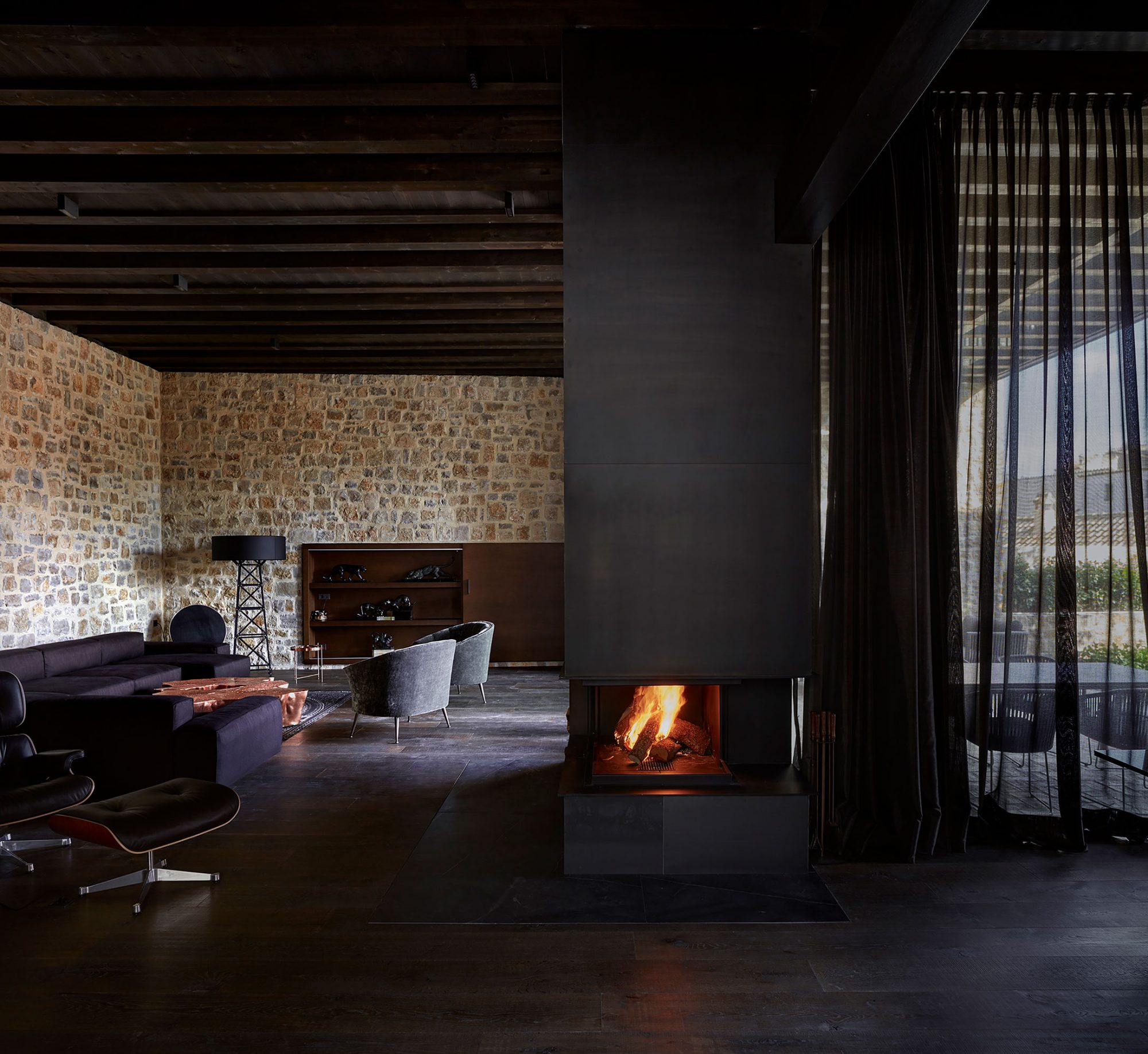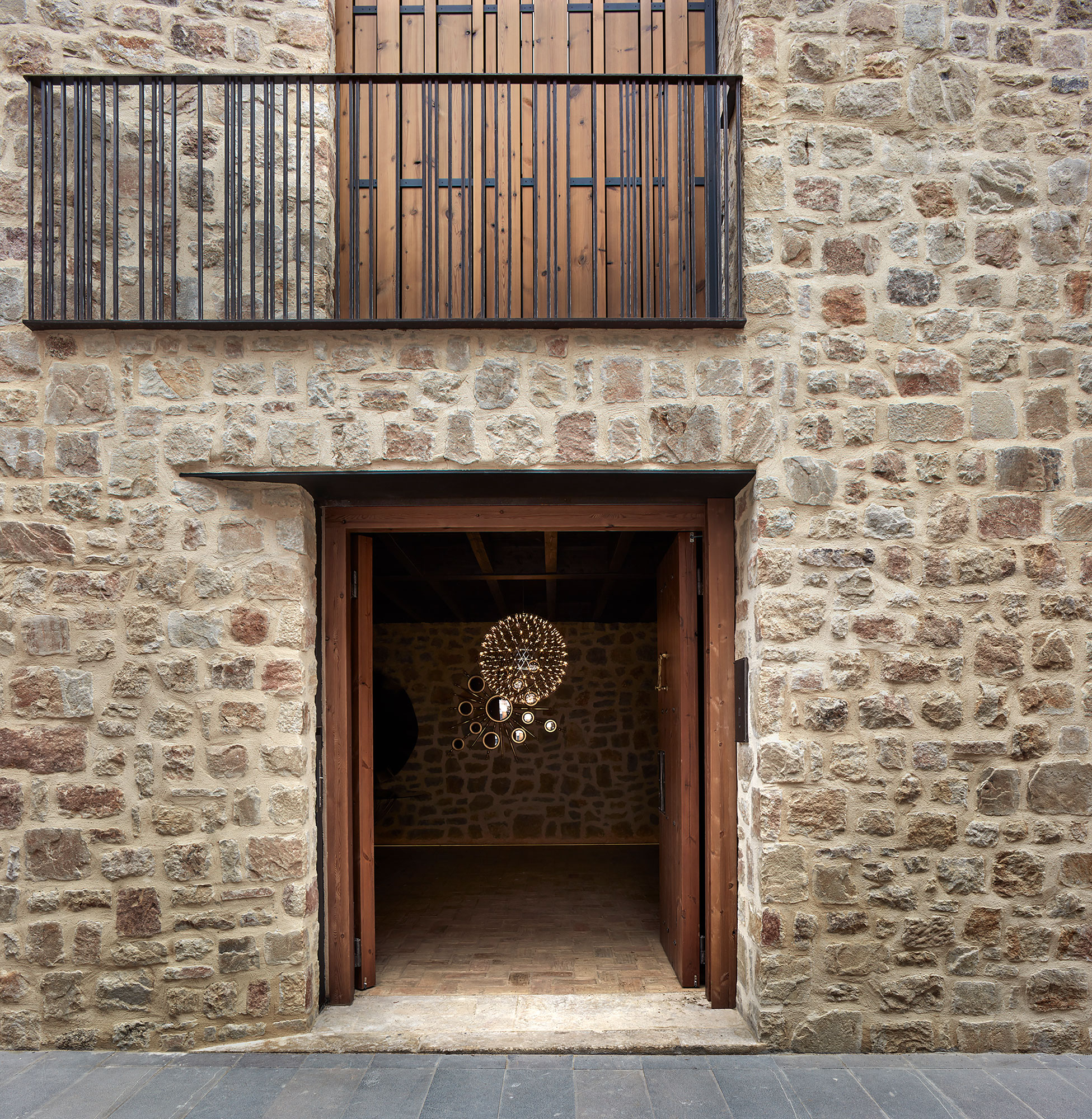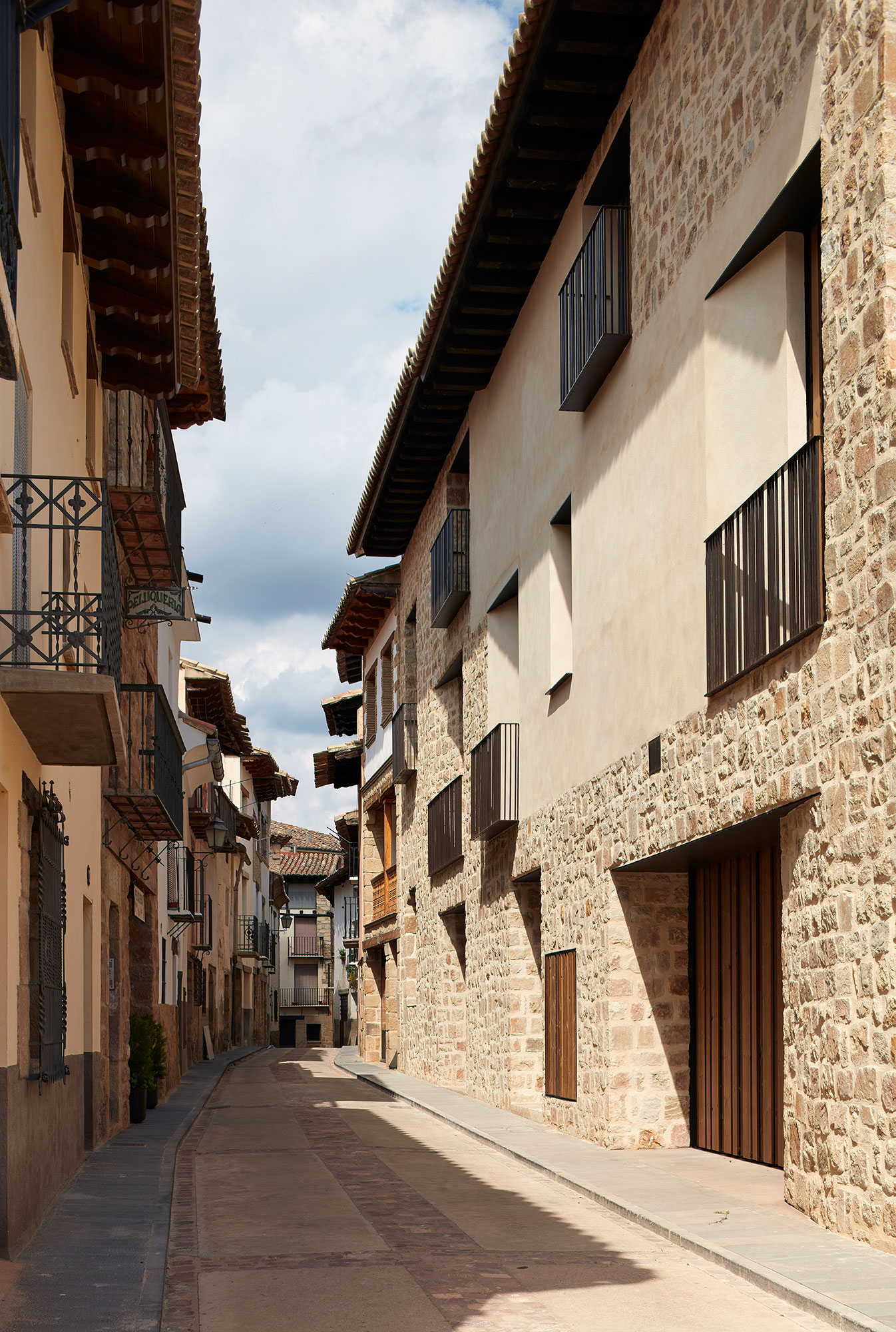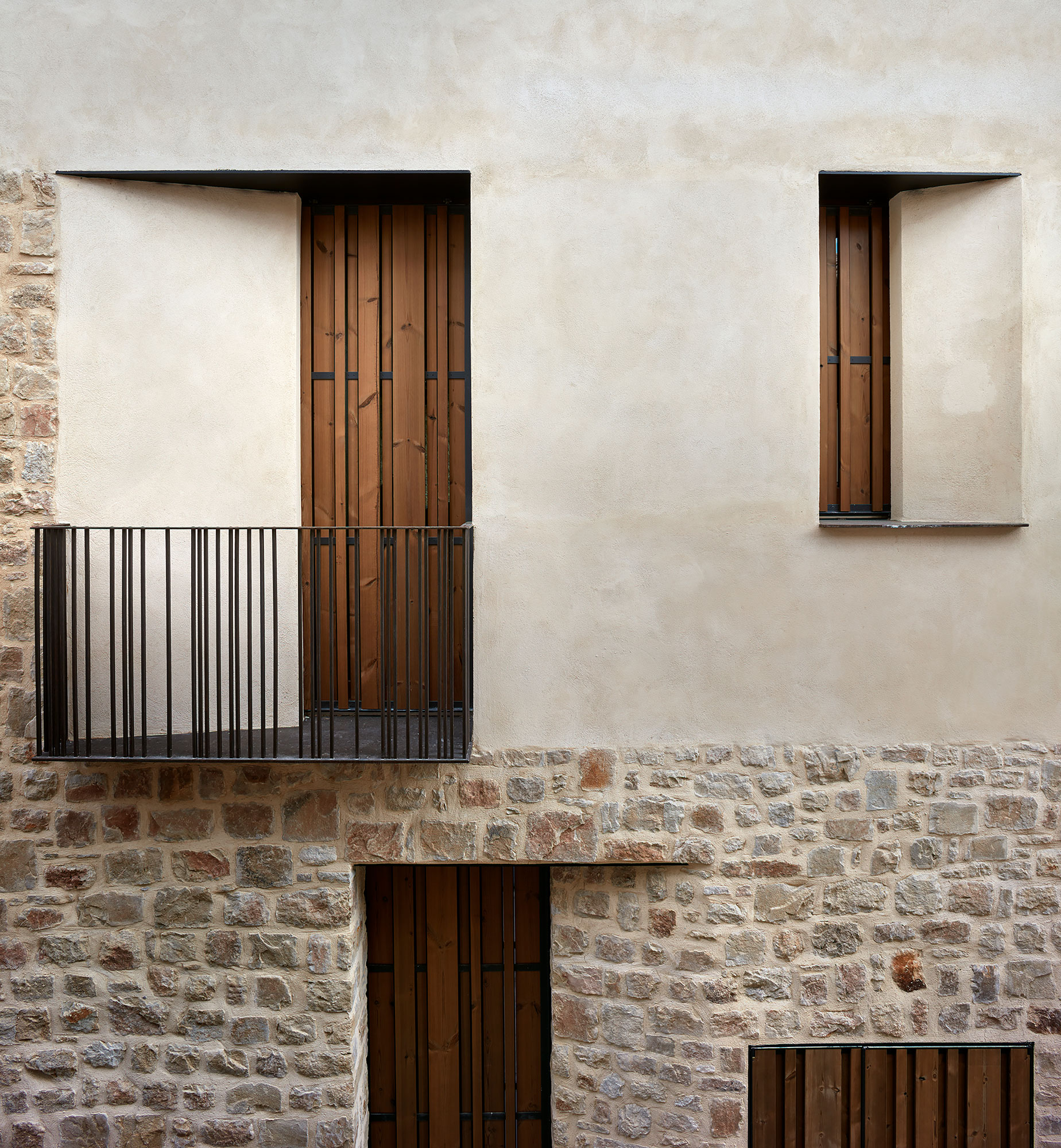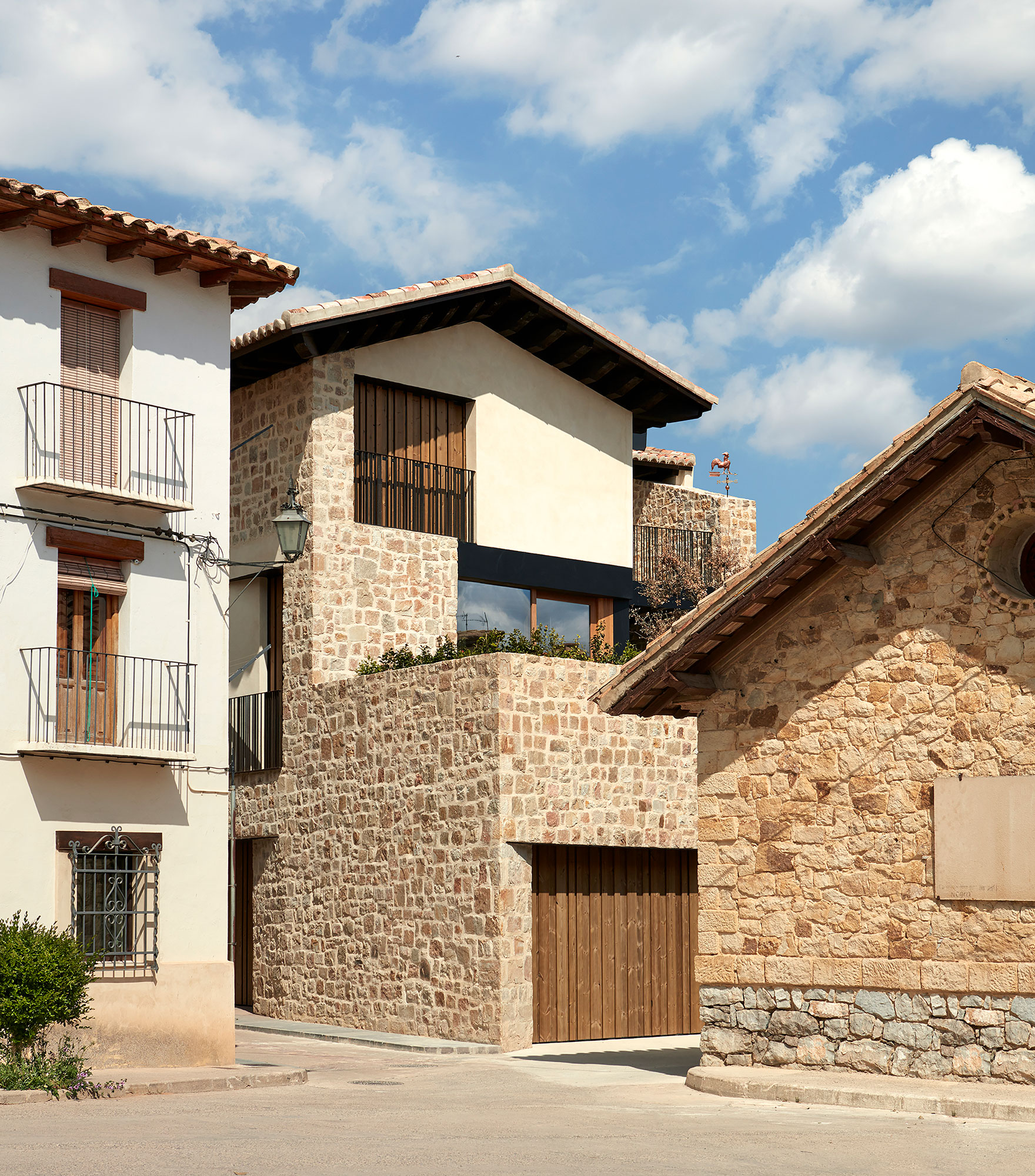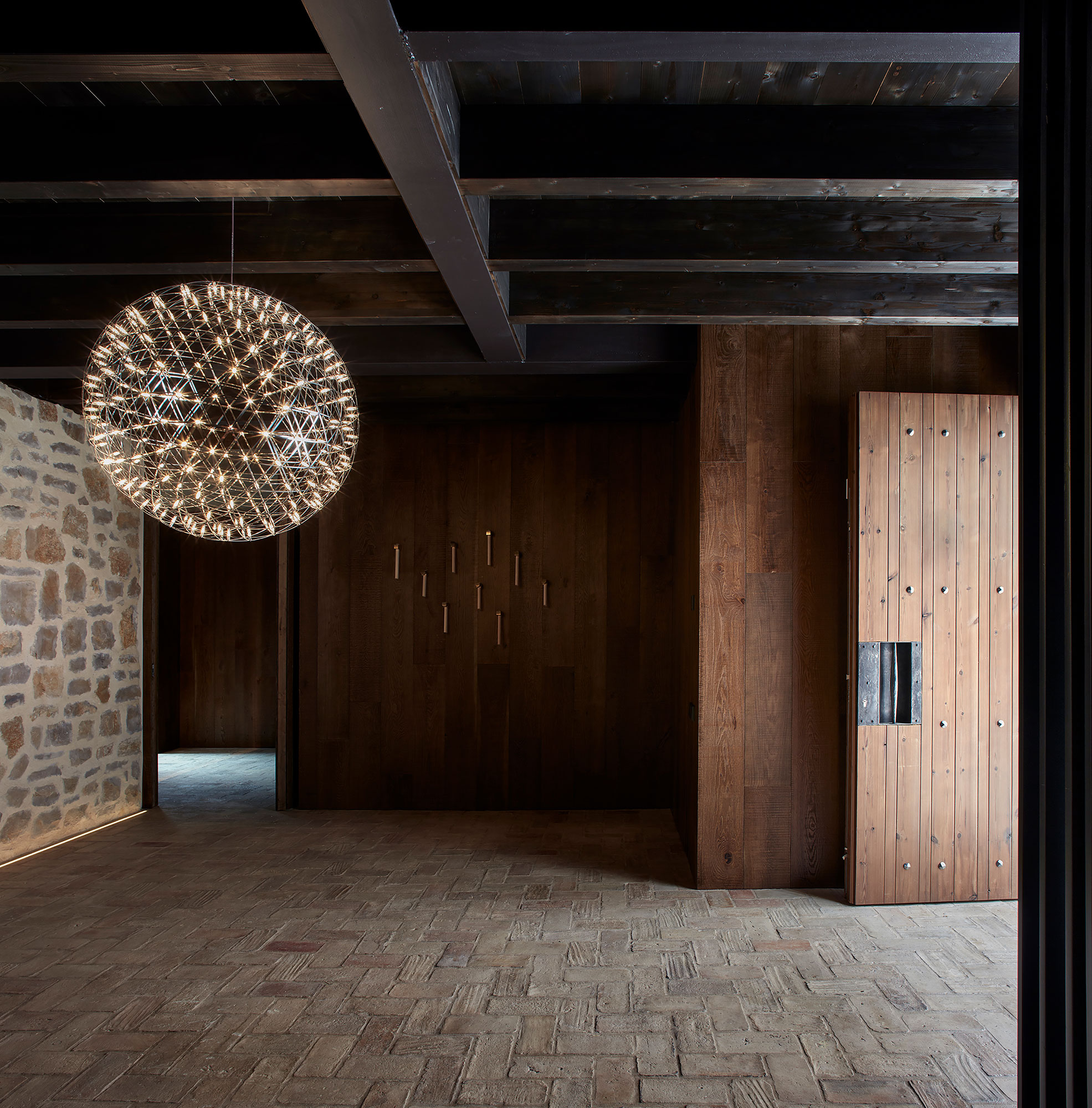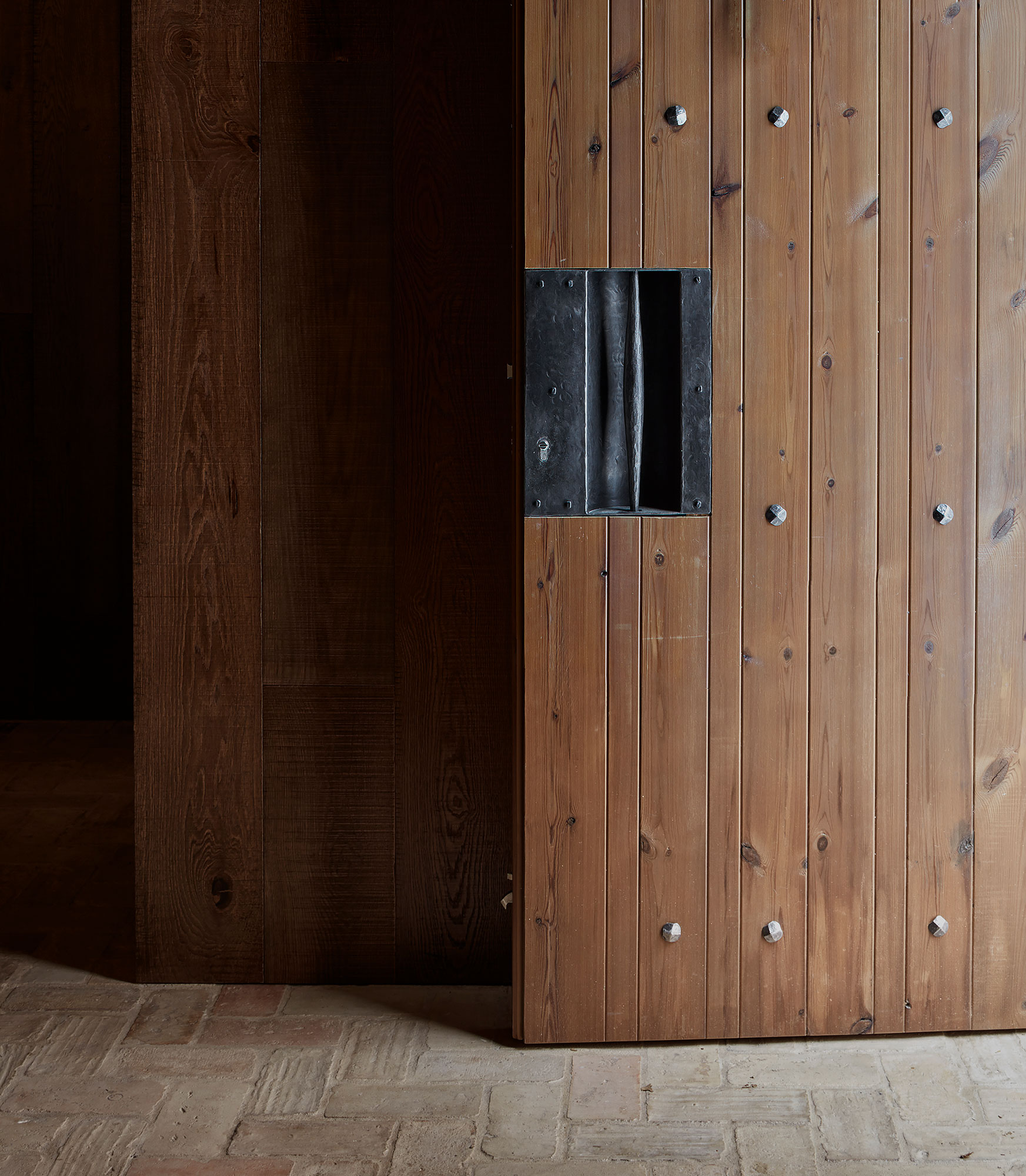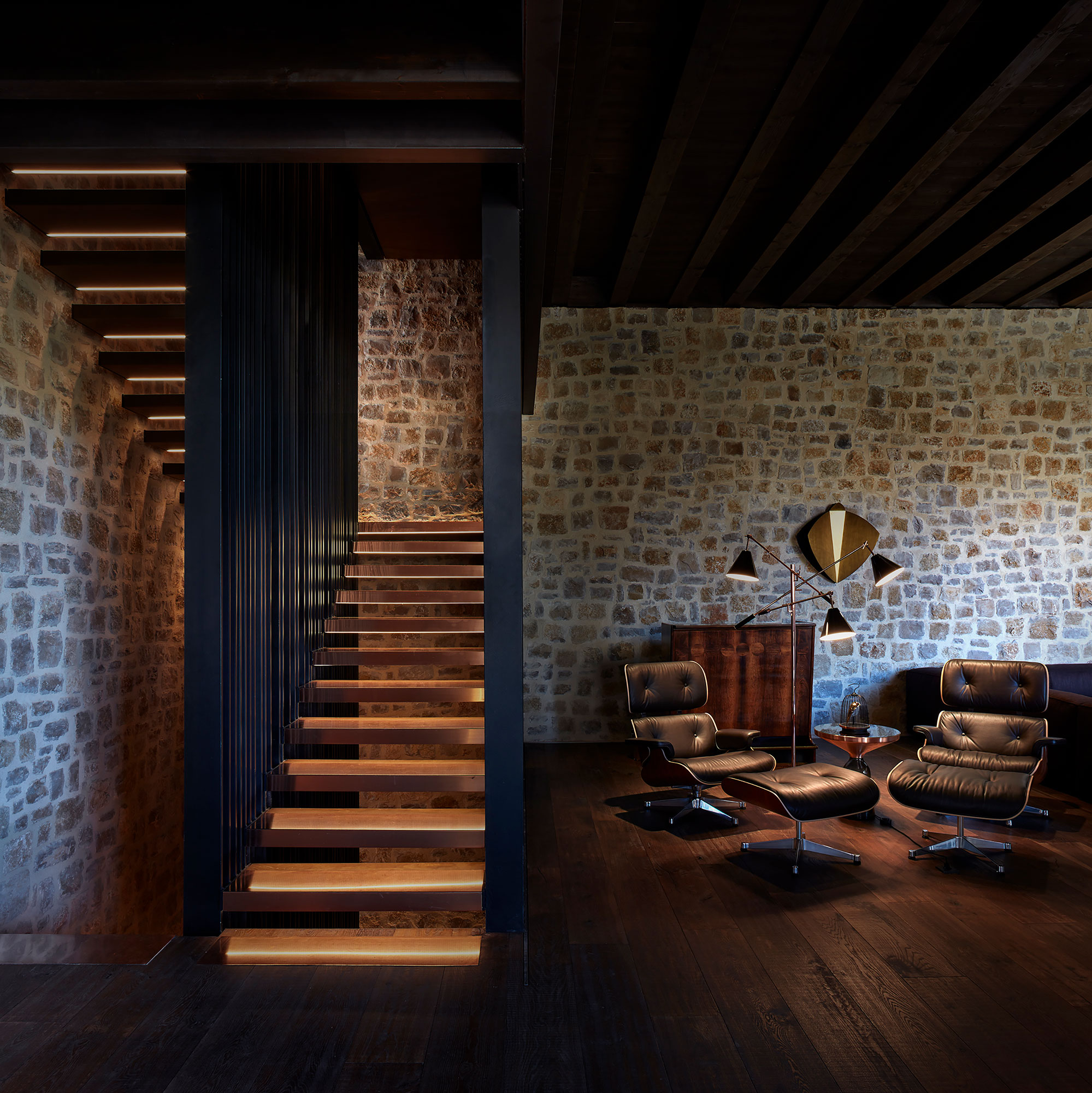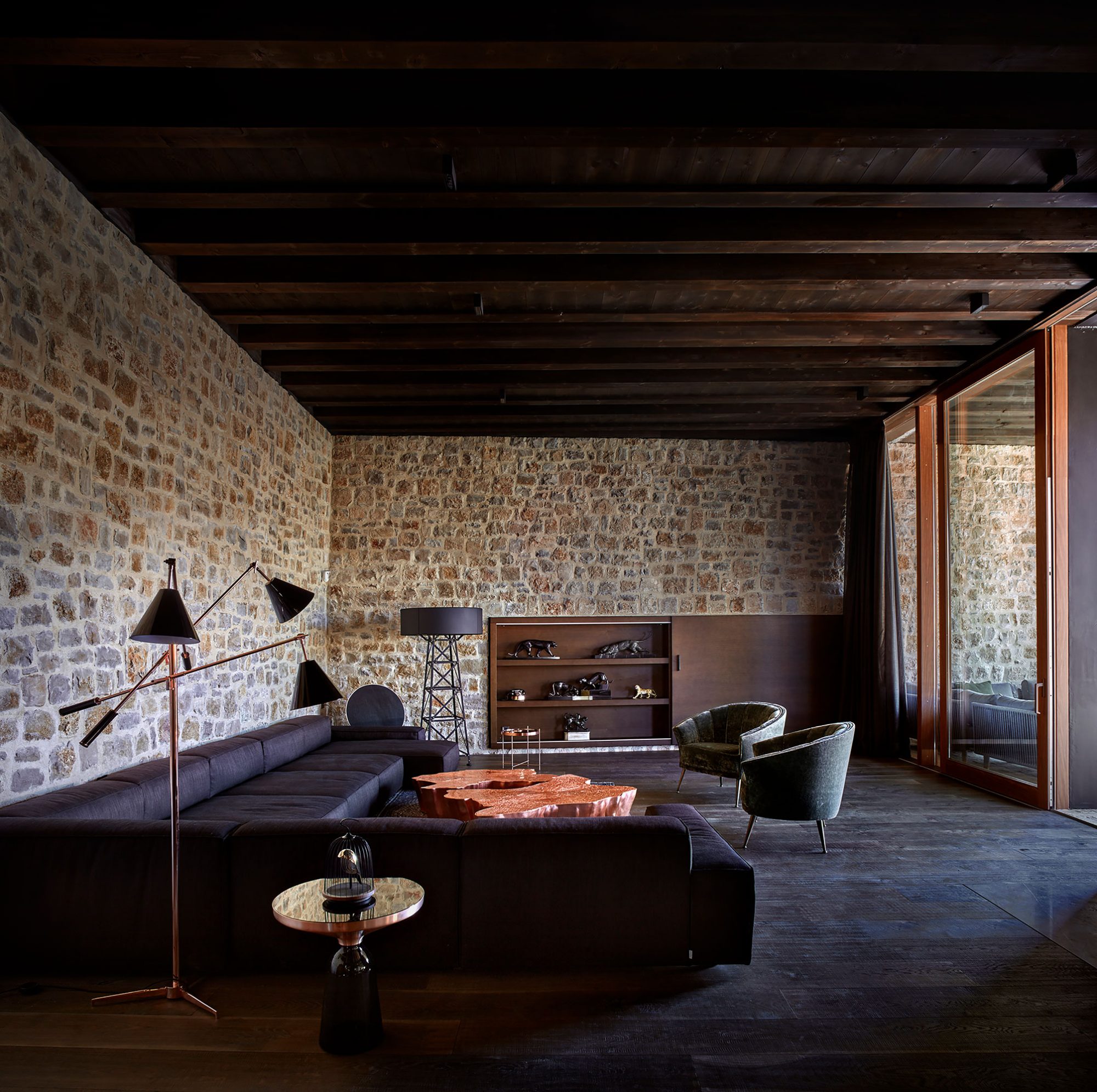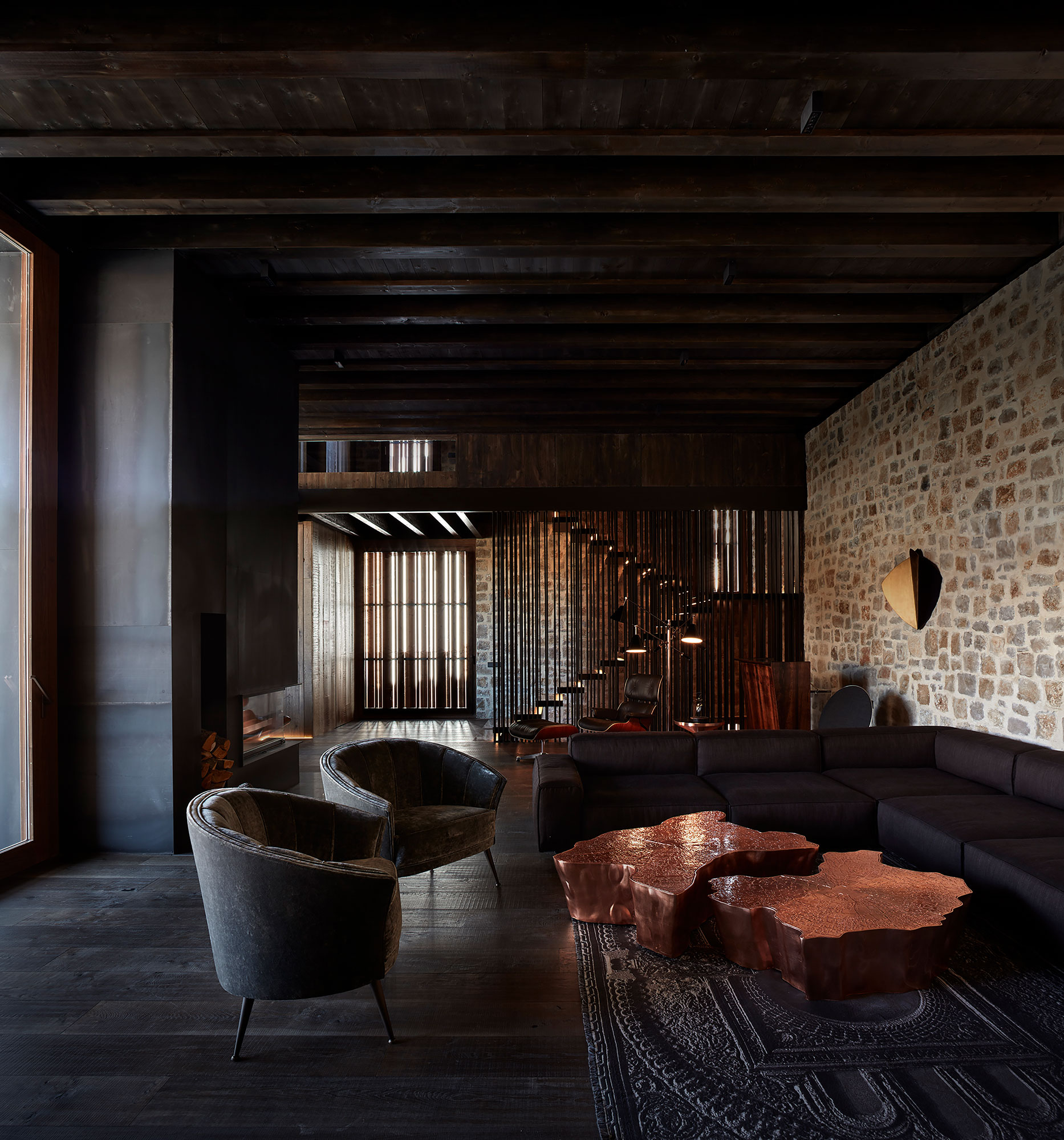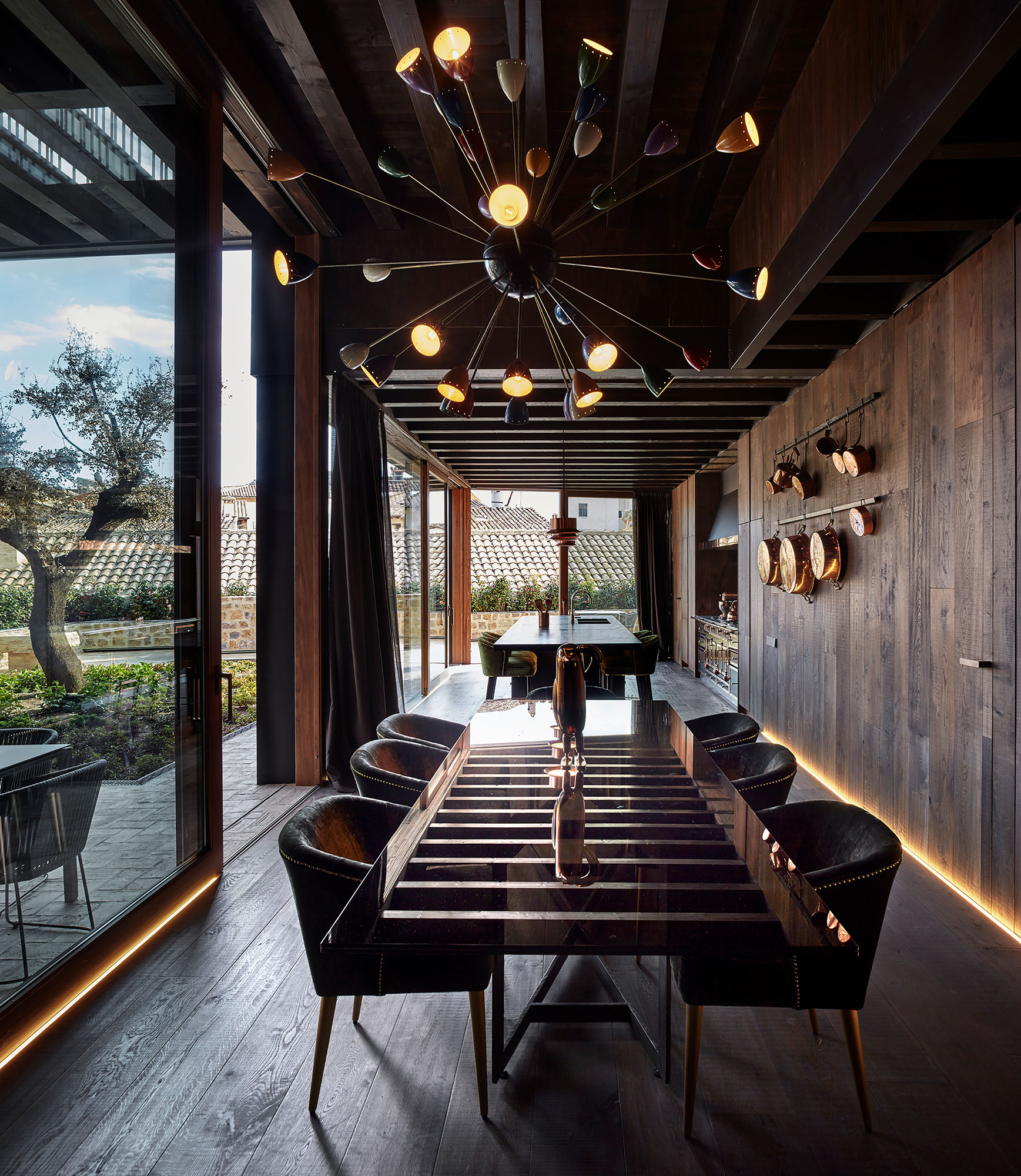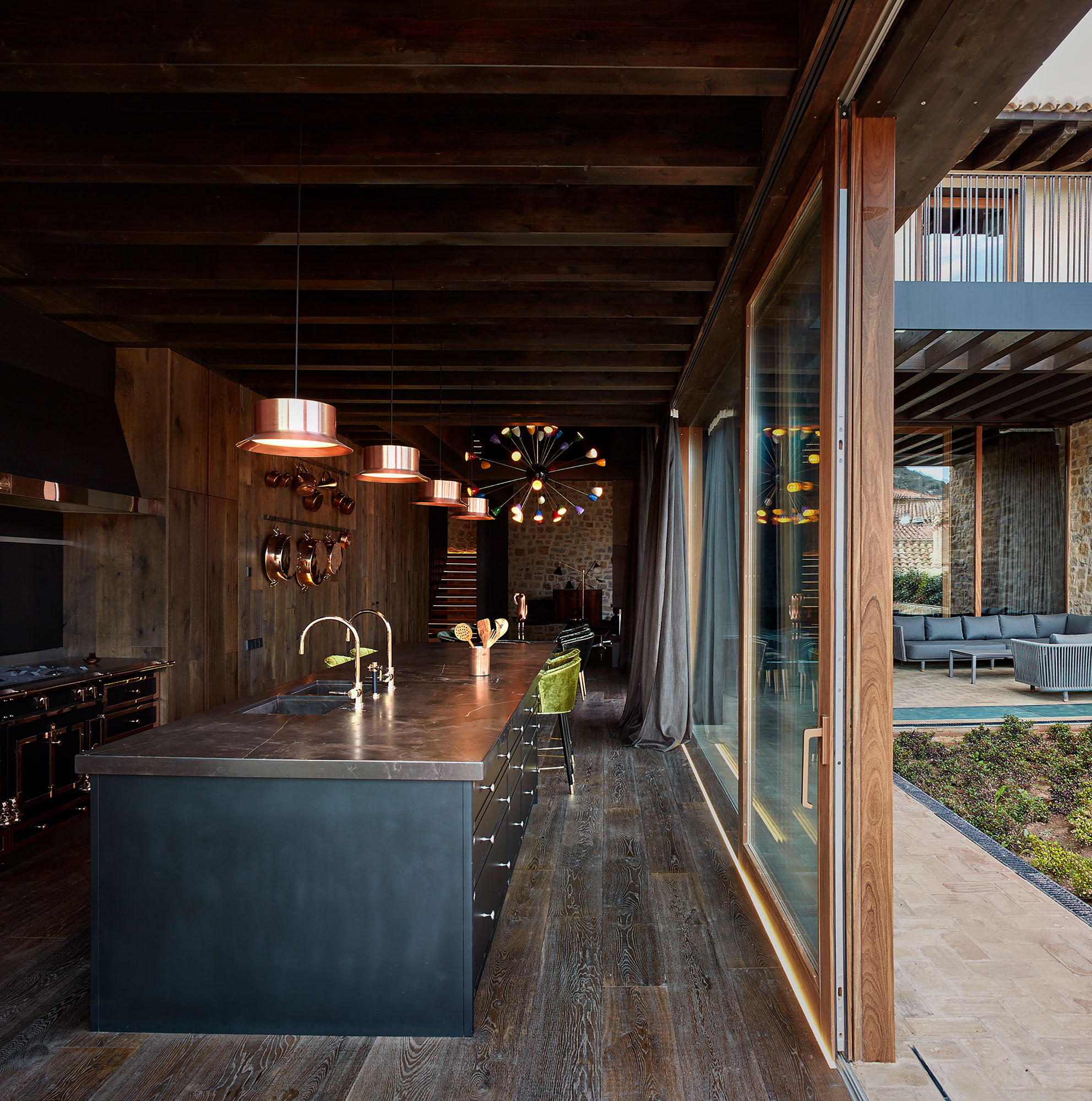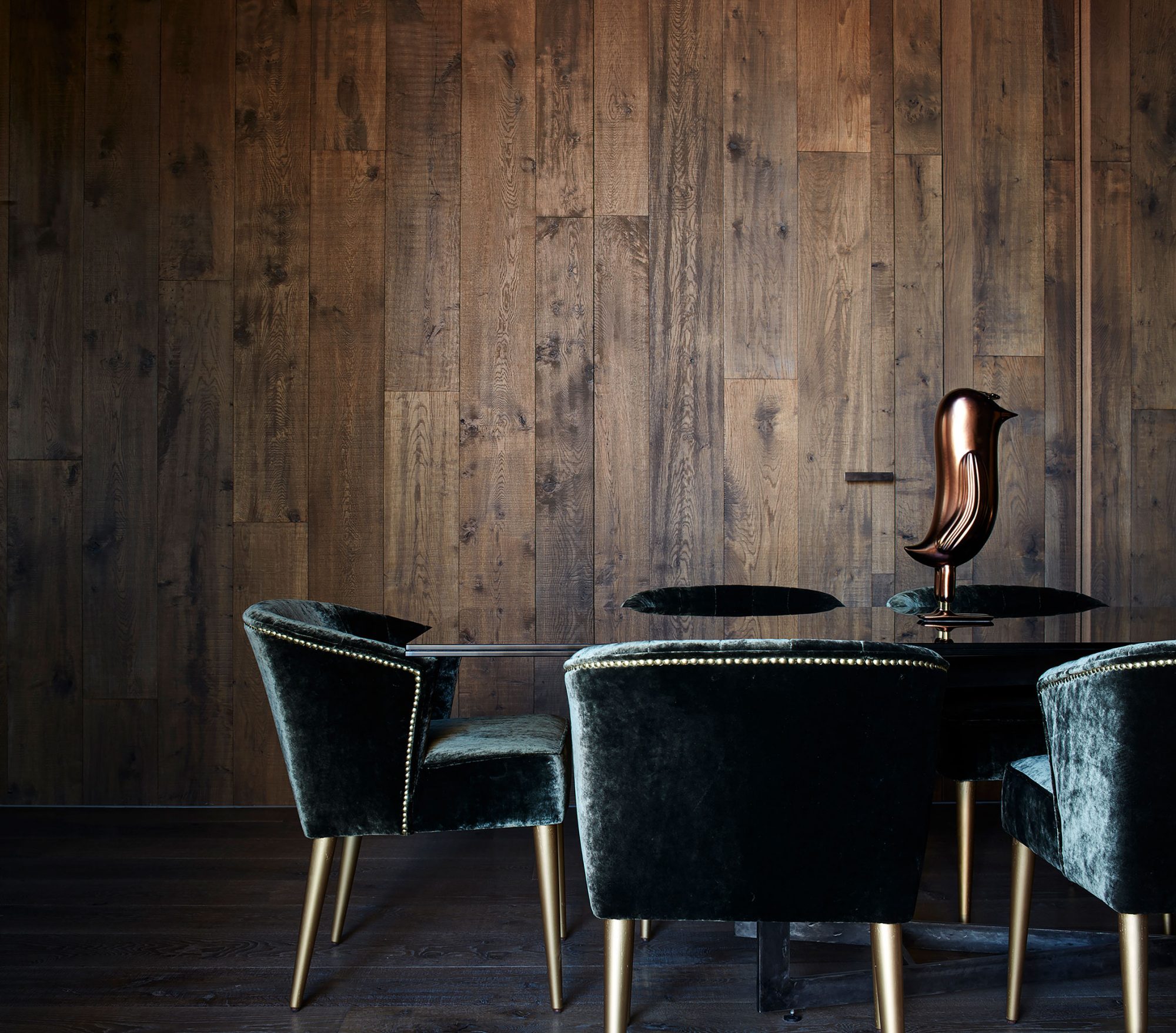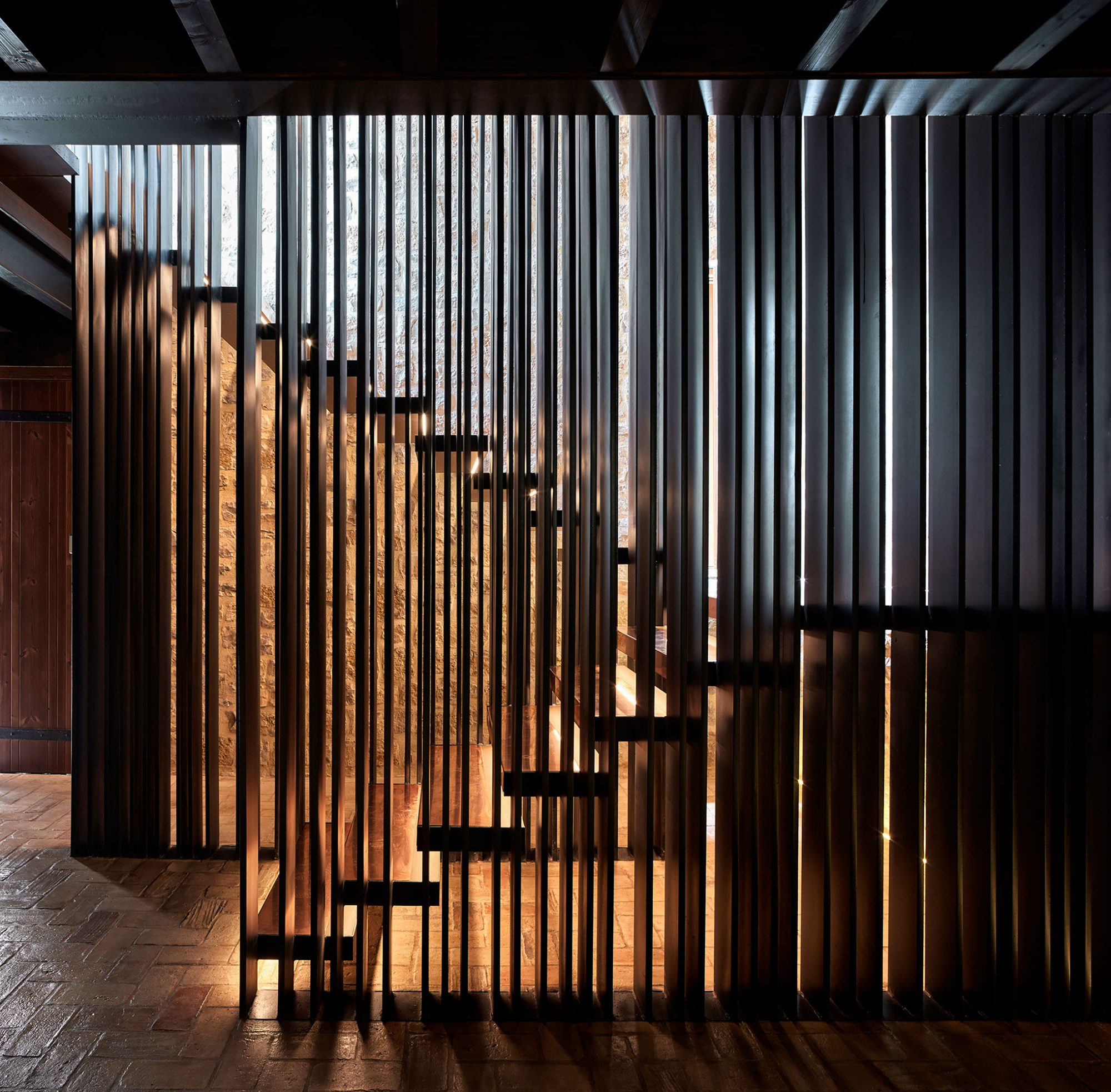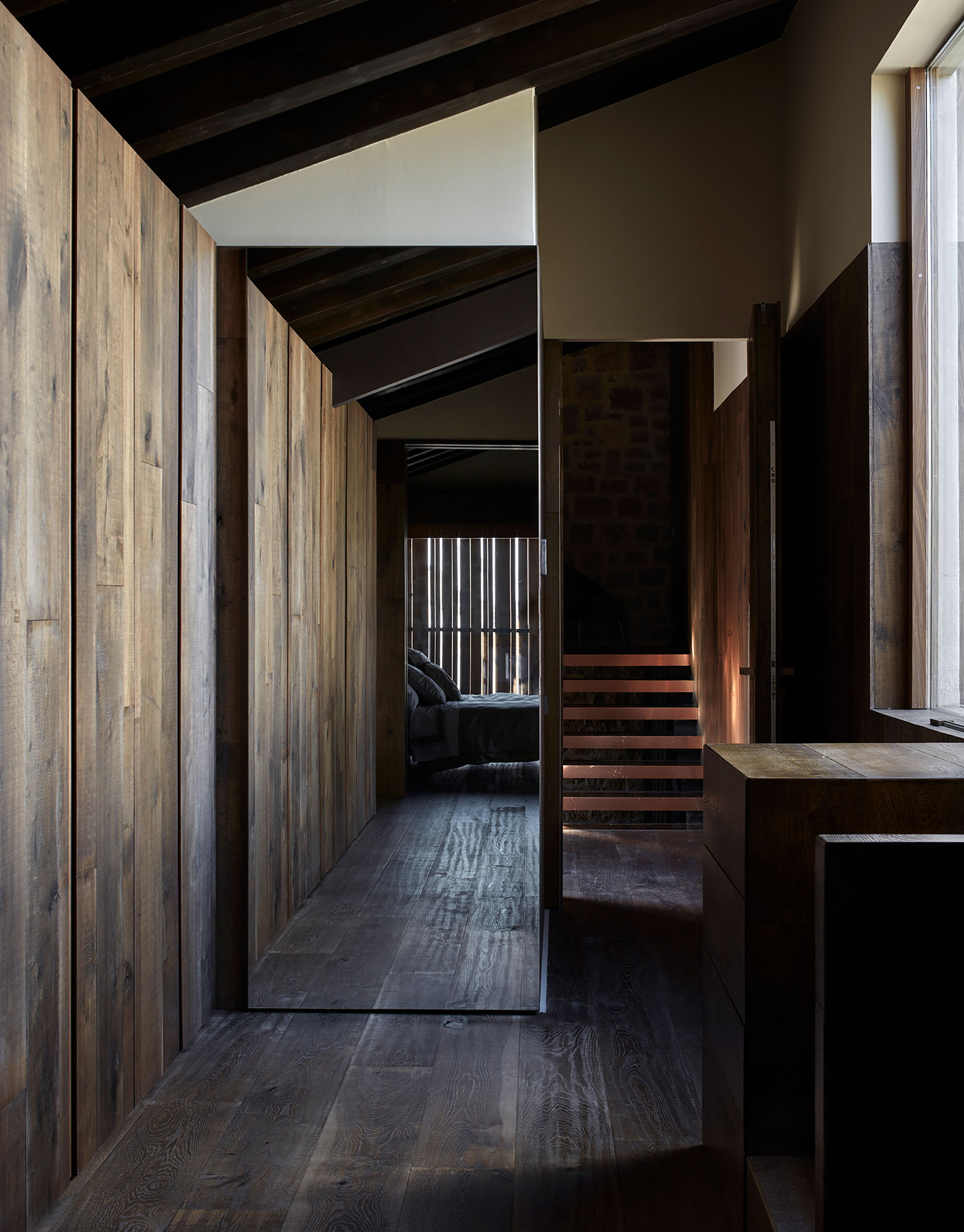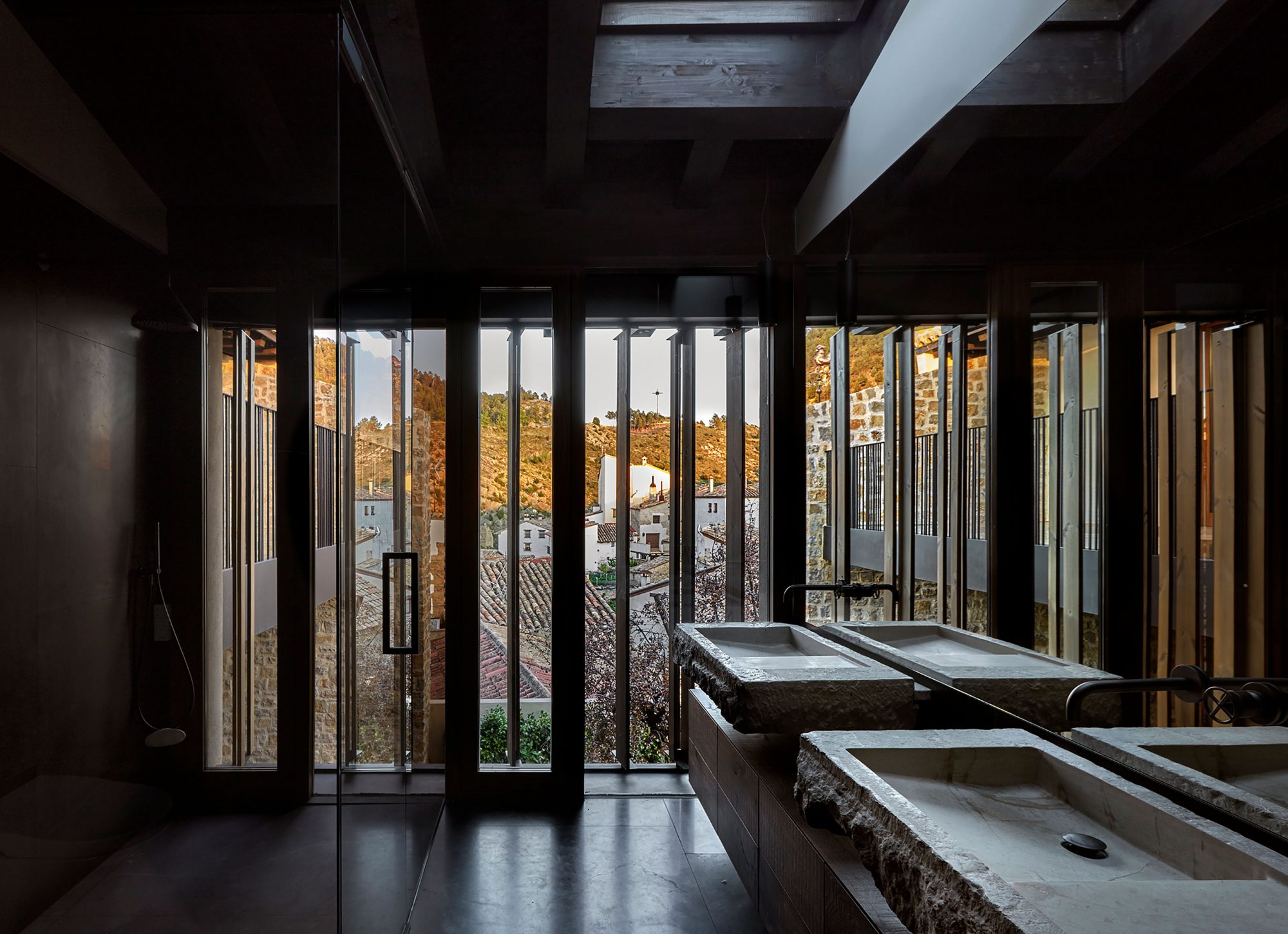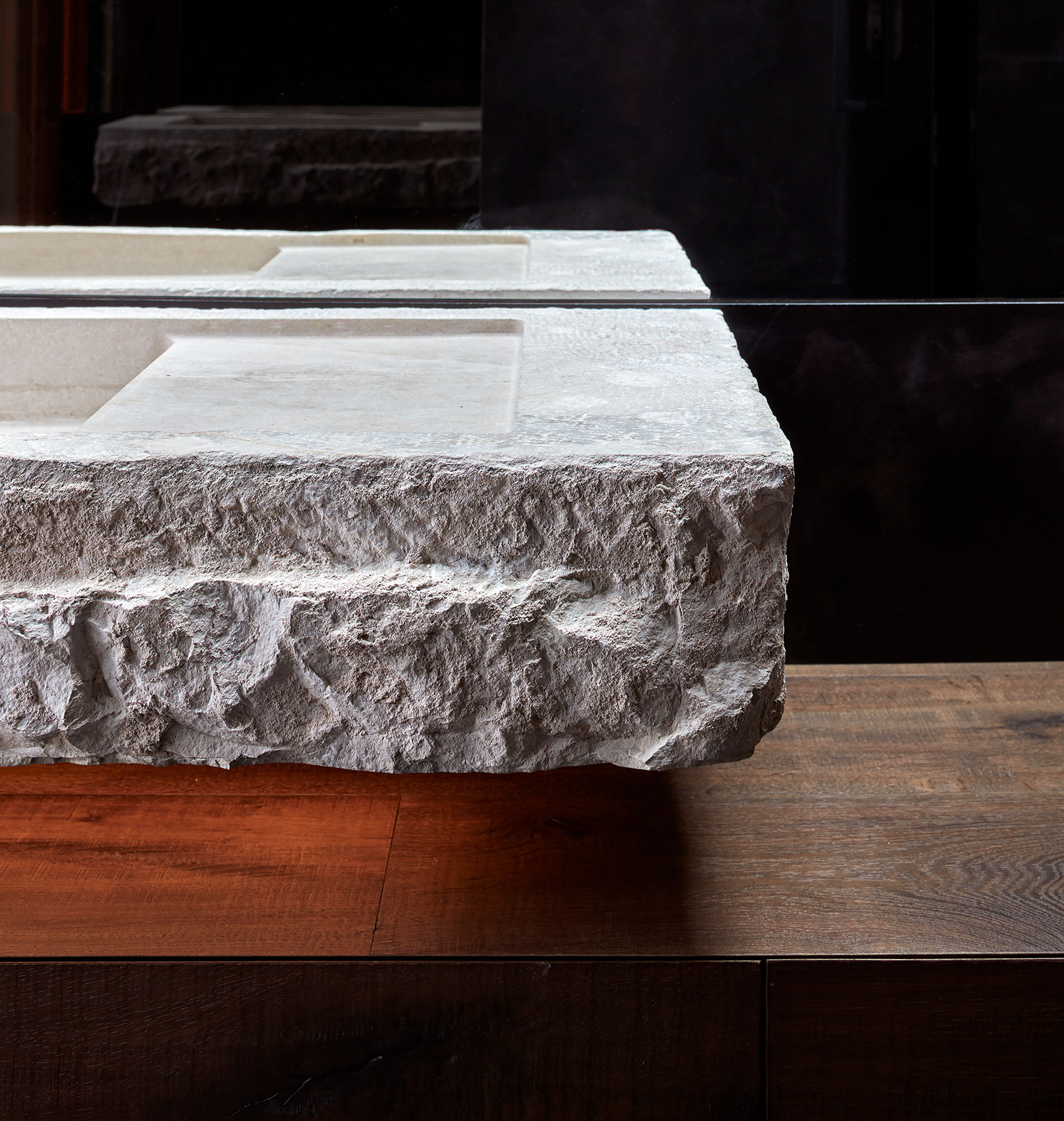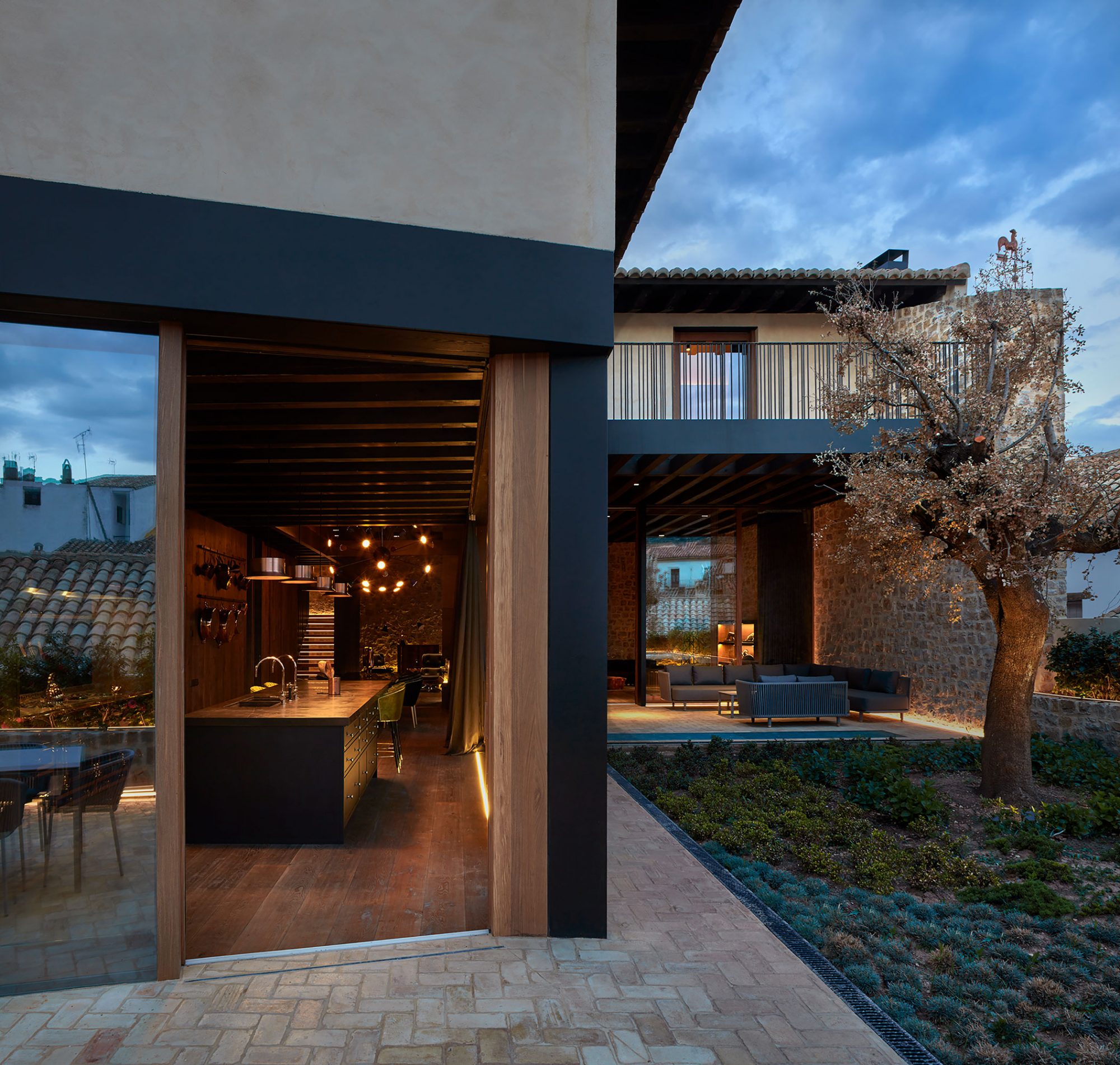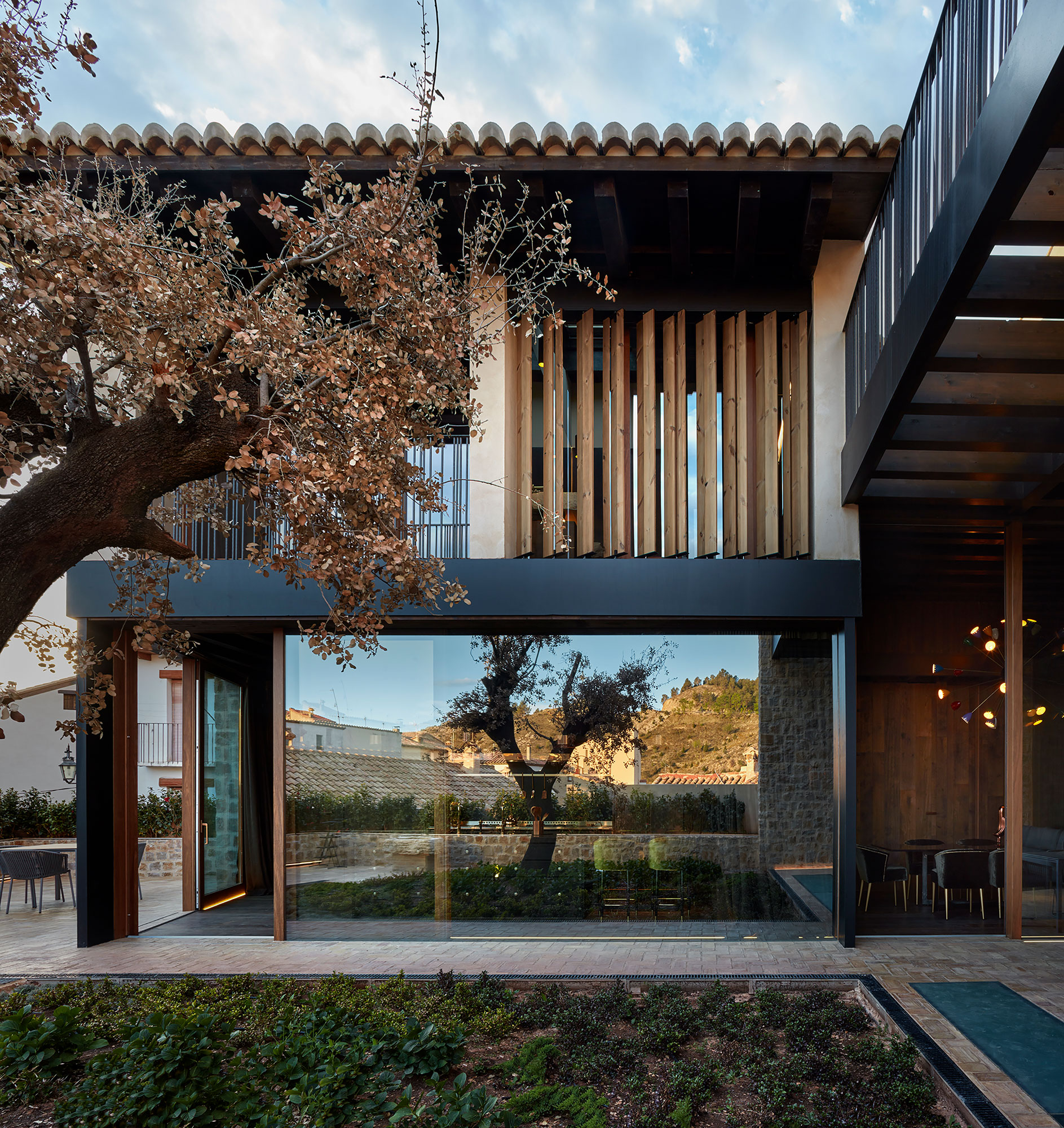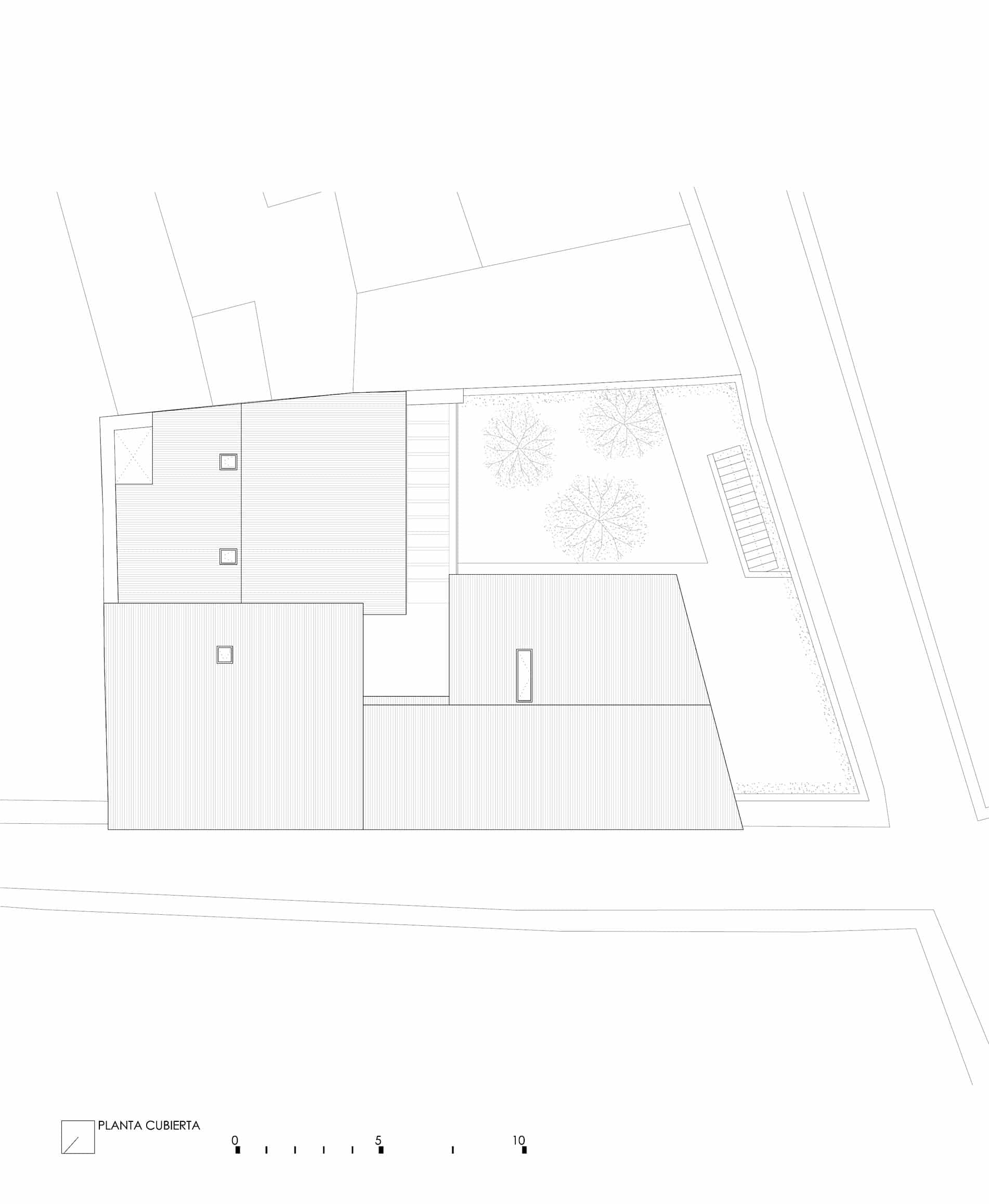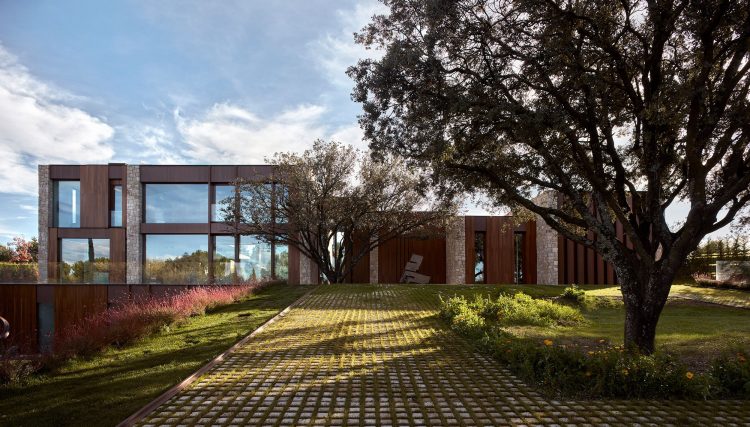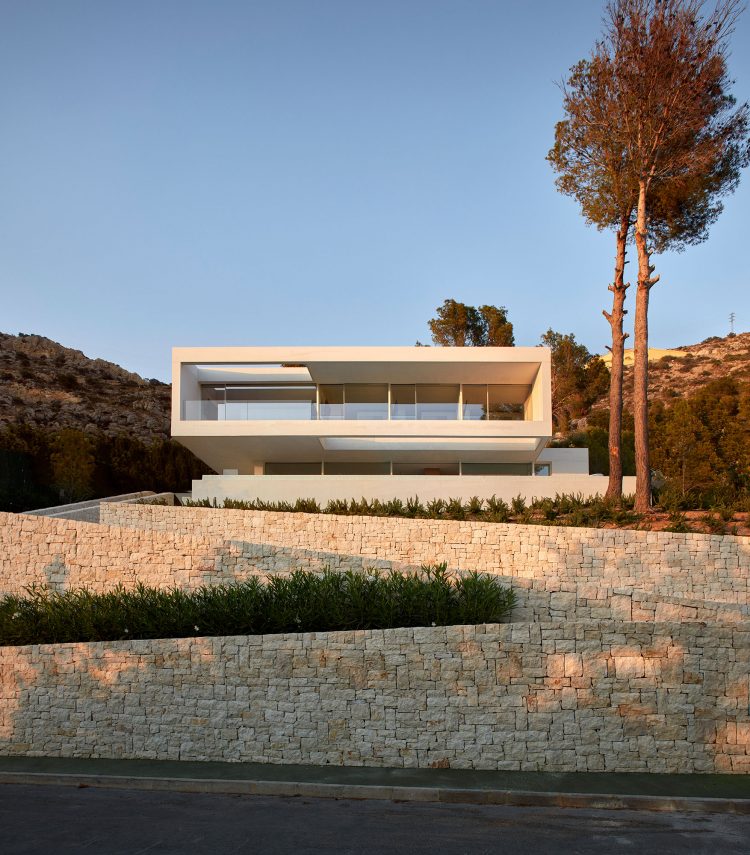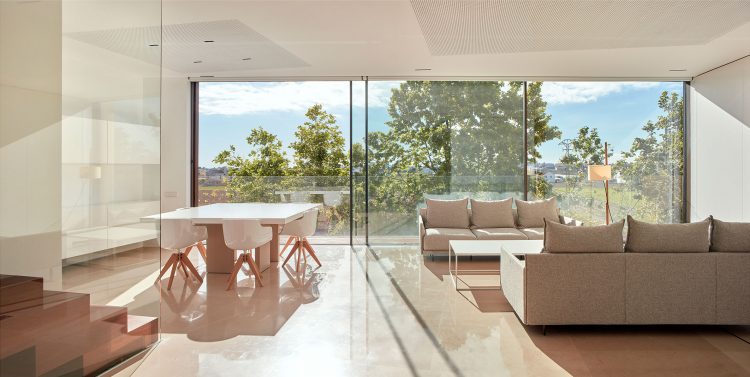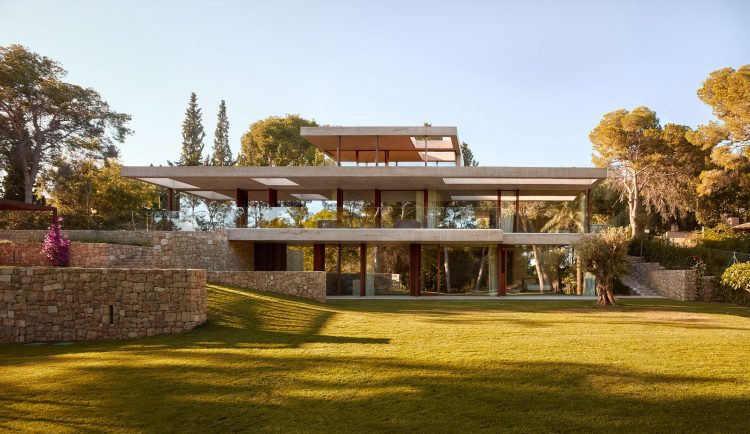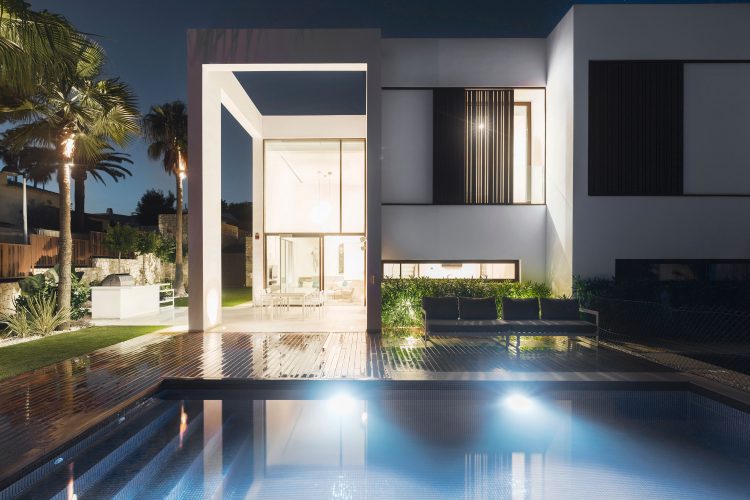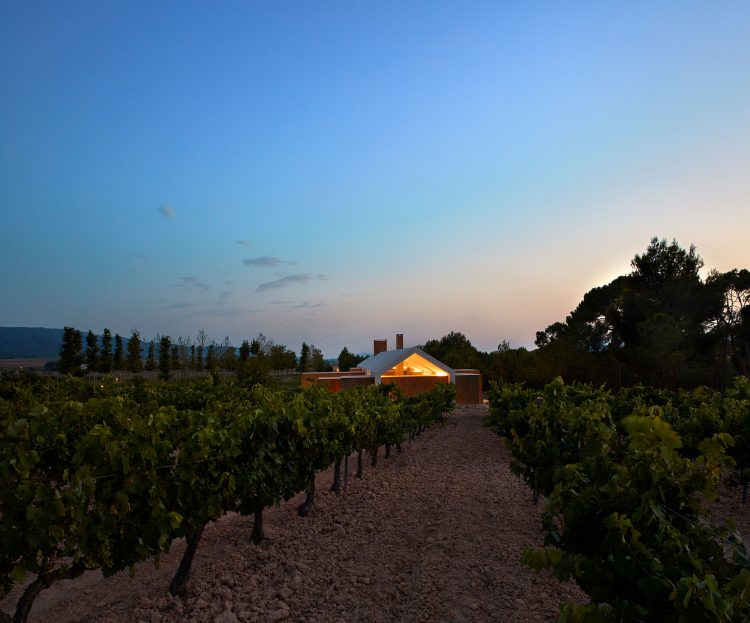Rubielos de Mora (Teruel) 2018 Sup. 641.07 m²
The essence of this project is a refurbishment of a stately house, the traditional rural house that forms the old quarter of Rubielos de Mora and so the surroundings of our building.
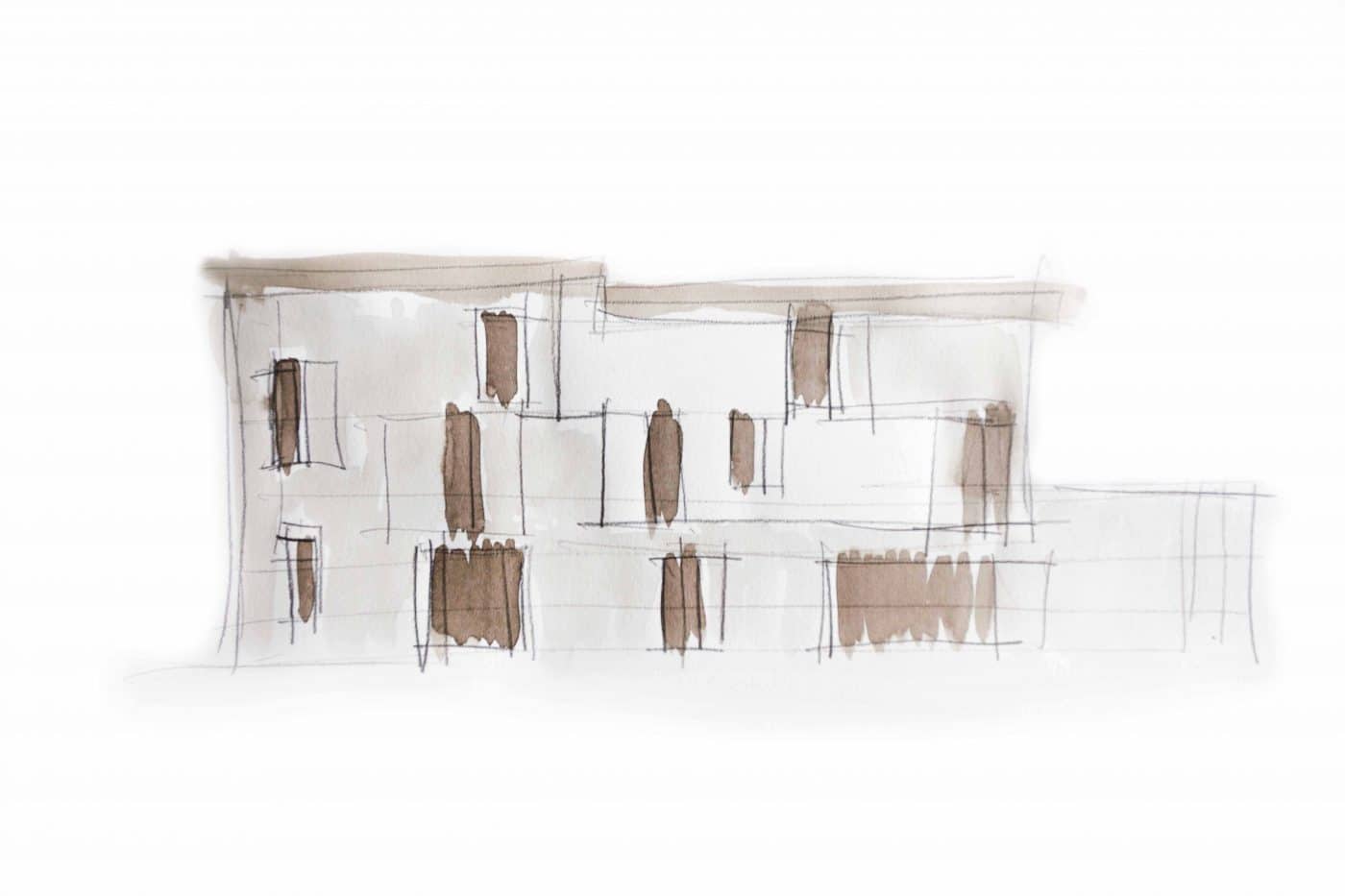
Rubielos de Mora, “the Gate of Aragón”, is located in the southern area of the county of Gudar-Javalambre. When you visit it you understand why it was designated a place of historical and artistic interest in 1980, it received the Europa Nostra Award in 1983 and it was selected one of the “Most Beautiful Villages in Spain” in 2013.
Vernacular architecture in Rubielos displays eaves, iron fittings, woodwork and stonework, providing an old time picture frozen in time. That’s why Rubielos de Mora won’t let you remain unmoved, because the spirit of its poetry, carved in stone and forged in iron, will for ever ask you to come back.
A house in the old quarter
The traditional architecture is looked upon with a modern view so the house blends into its historical surroundings but it is also related to our present time. The external façade adheres to the style, materials, colours and proportion between solid and void of the historic buildings around.
Interior world
The façade and party wall of the house are completed according to the alignment of façades, following the guidelines of the old quarter. The strategy used in the core of the house is not noticeable from the outside. An interior courtyard has been created as a private space where the house opens itself.
Warmth & Confort
The materials and the building system used in the construction of the house follow the traditional methods with a modern feeling. The resulting building keeps the warmth and comfort of a traditional town house. The perfect environment for a peaceful life.
Distribution by layers
The house is an L-shaped dwelling with three storeys. The ground floor is designed as a plinth opening to the street, containing the access and other traditional uses such as the wine cellar and the wood store.
The first and second floors contain the living spaces and open to the interior courtyard. The first floor contains the daytime rooms, so it is more open. The second floor contains the bedrooms and a solar lounge terrace.
Designing the views
The house has a hidden private façade opening to the inner courtyard. This façade is much more open and modern, it is orientated to the best direction, and frames and defines the intimate views over the courtyard.
-
Architect
Ramón Esteve
-
Collaborating Architects
Víctor Ruiz
Maria Martí
Borja Martos
Concheta Romaní -
Technical Architect
Emilio Pérez
Carolina Tarazona -
Collaborators
Tudi Soriano
Benedetta Chicchini -
Constructor
COVISAL FUTUR SL
-
Project Manager
Gonzalo Llin
-
Installation Engineering
Juan Pedro Jiménez Monteagudo
David Gimeno Asensio
Vicente García García -
Photography
Mariela Apollonio
-
Audiovisual
Alfonso Calza
-
Musica
Henry Holzwarth
Papu Sebastian
-
Plans
